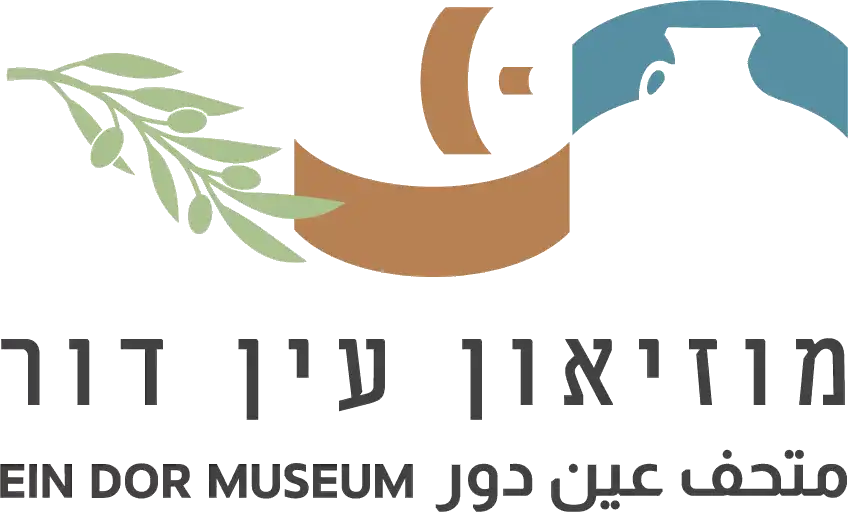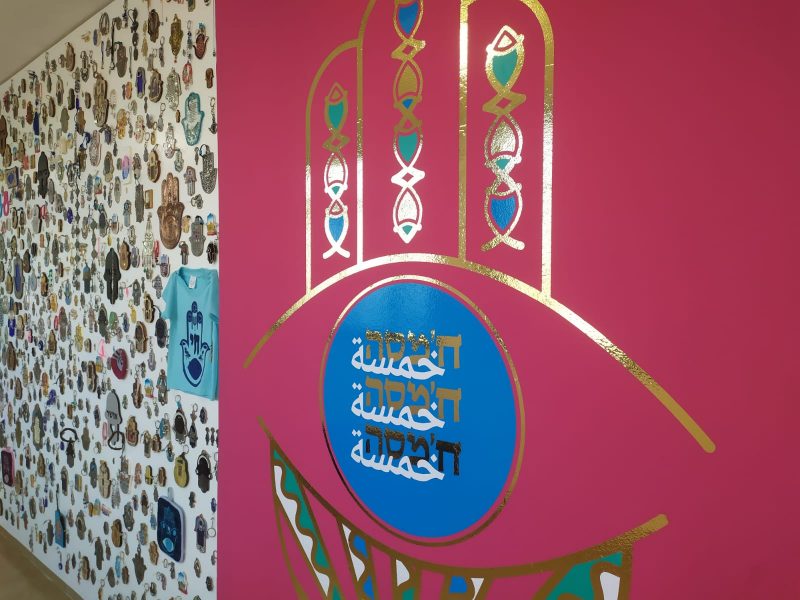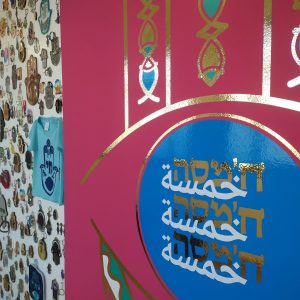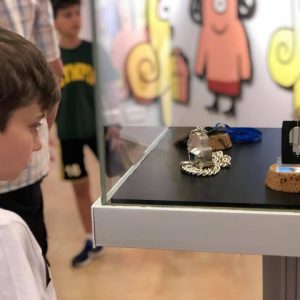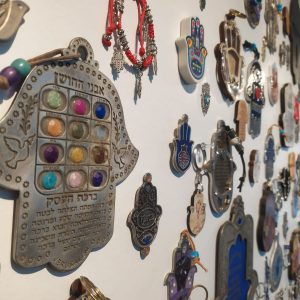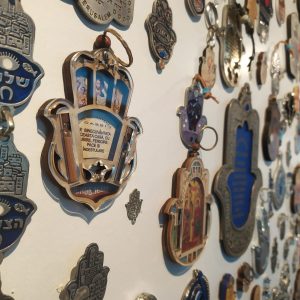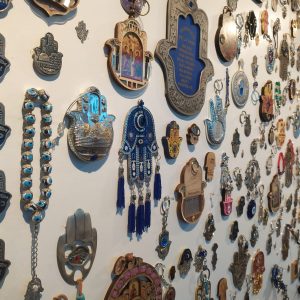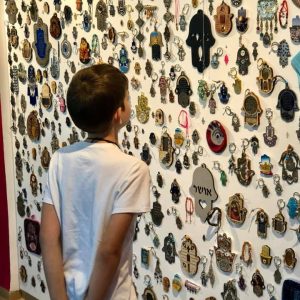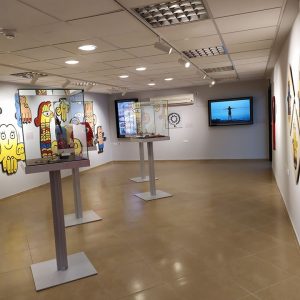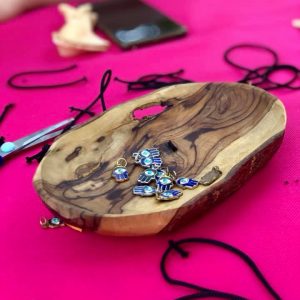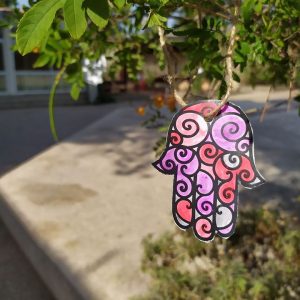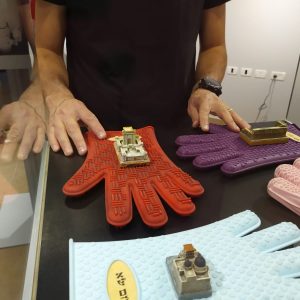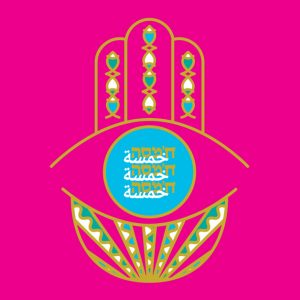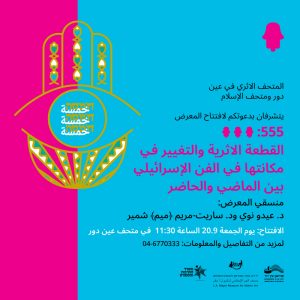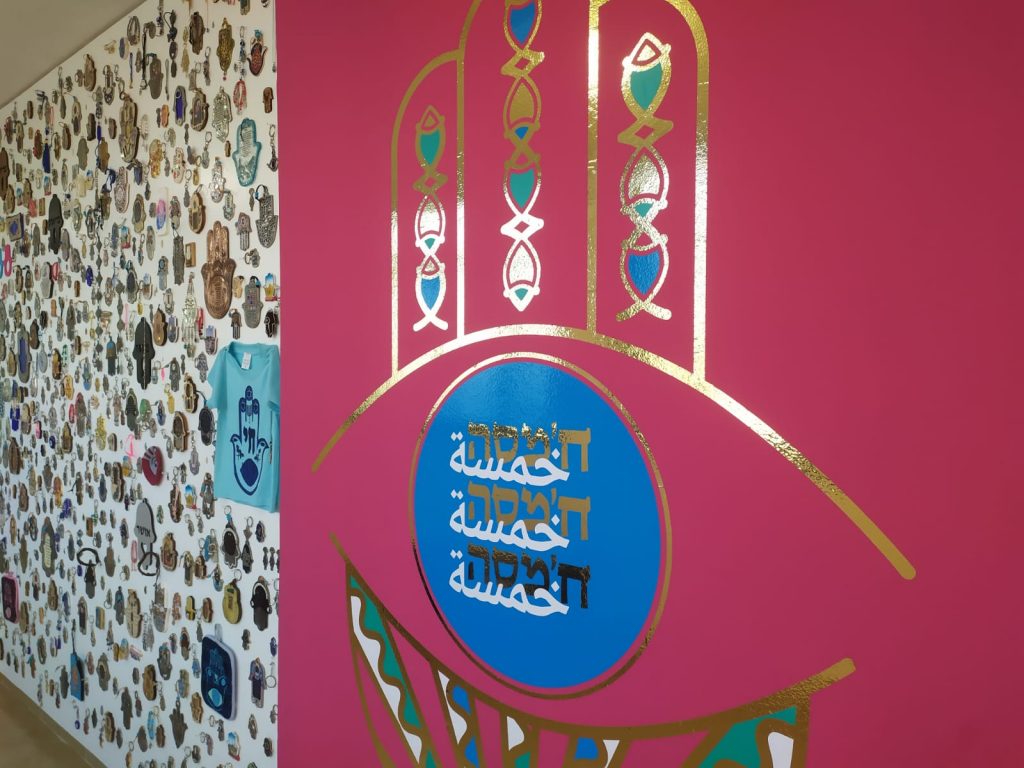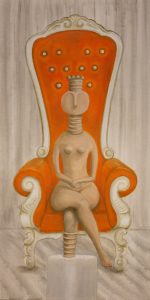
בשנים האחרונות עוברת החברה הישראלית שינויים ביחס אל המאגיה, המתבטאים בעליית תופעות של השתטחות על קברי צדיקים, עיסוק במאגיה ביתית, שימוש בקמעות, בכישוף וכדומה. אך לא מדובר בתופעות חדשות אלא להפך; פרקטיקות אלה, שהיו כאן מאז ומעולם, נדחקו בשלב מסוים מהשיח ששלט בתקשורת הישראלית עד שנות התשעים, וכיום, בעידן הרייטינג שמעניק לצופה כוח והשפעה על התכנים הכתובים והמשודרים – הן פרצו בעוצמה למרחב הציבורי ובהתאם לכך מעוררות גם תגובות־נגד.
לכאורה, מדובר במאבק כוח בין האליטה להמון, בין מרכז לפריפריה חברתית או גיאוגרפית, בין מחנות פוליטיים, או בין קבוצות אחרות בחברה. למעשה, מדובר בשיח ארוך שנים שהחל בראשית העת החדשה, עת החלו תפיסות מדעיות בעולם המערבי לדחוק אל מחוץ לתרבות ה'נכונה' את כל מה שלא ניתן להסבר או למדידה, ובתוכם את המאגיה, את האמונות הטפלות, ובמידה מסוימת גם את האל עצמו (הדת). ומה בין קפסולה המלאה בתרכובת כימית לבין קפסולה ה'טעונה' בלחשים, טקסטים וסמלים? בשני המקרים, לאמונת האדם בכוח אמצעי הריפוי, רפואי או עממי, יש חלק ממשי בתהליך ההחלמה. הח'מסה, בדומה לחיסון, מגנה על האדם מפני עין הרע ומלווה אותו בדרכו.
בשונה מתערוכות עבר שעסקו בח'מסה כמוצג היסטורי, התערוכה הנוכחית מבקשת להציג את הח'מסה כחלק אורגני מהתרבות הישראלית של ימינו. במוקד התערוכה ניצבת שאלת הזהות הישראלית וכינונה אל מול דמות האחר, באשר הוא אחר. בישראל 2019 התרכך השיח הדיכוטומי שחילק את העולם בין מזרח ומערב, בין רציונליות ואי־רציונליות, וכיום חלקים רבים באוכלוסייה מקבלים את הח'מסה ומאמצים אותה, אם כאמצעי הגנה ואם כקישוט, בחזקת 'לא יועיל לא יזיק'.
הח'מסות שנקנו ושנוצרו במיוחד עבור התערוכה מקבלות את השראתן מחללי התצוגה ומהאוספים הקיימים במוזיאון לאמנות האסלאם, השואף להיות גשר להבנה ולחיבור בין תרבויות. כחפץ וכמוטיב, יונקת הח'מסה מאמנות האסלאם והיצירות החדשות מעשירות את המוצגים הוותיקים במוזיאון בפרשנות מרעננת ושופכות עליהם אור חדש.
#555
The exhibition 555:
The Evolution of a Motif in Contemporary Israeli Art is devoted entirely to the khamsa. The exhibition displays 555 different khamsas and seeks to raise for discussion the contemporary view of the khamsa while highlighting its relevance today.
In recent years, the role of magic in Israeli society has undergone considerable change, expressed in part by the emergence of phenomena such as pilgrimages to the graves of rabbis, interest in and practice of home magic, the use of amulets, sorcery and others. These phenomena are not new however – in fact the opposite is the case. These practices, which have existed since the dawn of history, were forced out of mainstream Israeli public discourse until the 1990s while today, in the age of rating that grants viewers tremendous influence over printed and broadcasted content – they have burst onto the public arena, thereby also fueling counter-reactions.
On the face of it, this seems a power struggle between the elite and the masses, the social or geographical center and the periphery, different political camps, or between other groups in society. In reality, it is a long-standing discourse that began at the dawn of the modern era, when scientific approaches in the western world began to exclude from ‘correct’ culture everything that could not be explained or measured, including magic, superstition, and to an extent God himself (religion). Who is to say which is more effective, a capsule full of a chemical compound or a capsule ‘charged’ with incantations, ceremonies and symbols? In both cases, a person’s
belief in the efficacy of the means of healing – whether folk or medical – plays a significant role in the healing process. The khamsa, similar to a vaccination, protects a person against the evil eye and accompanies him on his journey.
In contrast to previous exhibitions that examined the khamsa as an historic artifact, this exhibition seeks to present it as an integral part of contemporary Israeli culture. At the focal point of the exhibition is the question of Israeli identity and its formation vis-à-vis the Other, whoever they may be. In 2019 Israel, the traditional boundaries of the dichotomy between east and west, between rational and irrational, have been breached and a growing range of people now accept and embrace the khamsa, whether as a means of protection or decoration, adopting the attitude that ‘it can’t hurt’.
The khamsas that have been purchased and created especially for the exhibition, draw their inspiration from the exhibition halls and existing collections of the Museum of Islamic Art that strives to serve as a bridge of understanding and connection between cultures. As both an object and a motif, the khamsa has evolved from Islamic art and the contemporary works shed a new light on the museum’s existing exhibits and artifacts, enriching them with fresh interpretation.
#555
